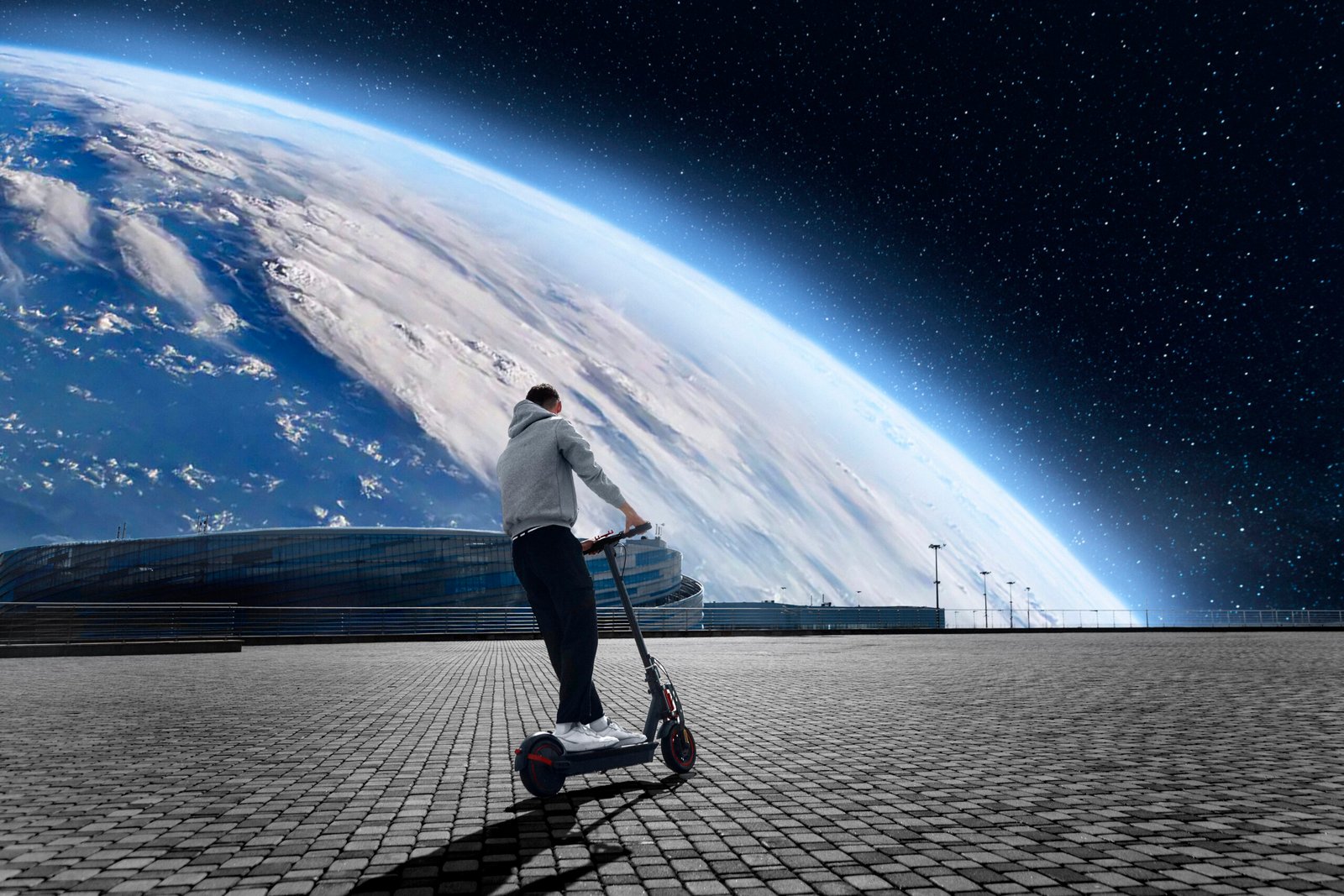What started off as a niche in lifestyle, has grown into a full-fledged global movement. What started as an approach to decluttering and simplifying life has grown into a philosophy that millions of people across the globe have begun to live by. From fashion to home décor, minimalism is invading the modern way of life. It allows people to be more intentional, furthering sustainability and mental health by actually focusing on what matters, rather than accumulating stuff.
This article will look at how Minimalism blew up into a global phenomenon, what the roots are, how it would affect different aspects of life, and why such a great number of people are attracted to the mere yet powerful message that it bears.
What is Minimalism?
Being a minimalist means living a life with less and focusing one’s attention on what is truly important. Where minimalism by very definition is supposed to affect only the things a person has, in real life, it’s so much more than that: to simplify life and make room for meaningful experiences, relationships, and personal growth.
Minimalists avoid excess: excess stuff, excess commitments, or excess stimulus. It gives them time to give more attention to what is really important to them and thus will bring more satisfaction. Whether it be having few clothes in the closet or not as much time on social media, the idea is to make life more intentional and less cluttered.
A Brief History of Minimalism
By the same vein, the concept of minimalism can be traced to a good number of philosophies and practices traceable to antiquity, although its modern root is to be located at the middle of the 20th century. Here’s how it developed:
- Art and Design – The minimalists really came into their own in the 1960s. Works by the minimalist pioneers, such as Donald Judd and Frank Stella, were characterized by simplicity, clarity of line, and geometry. That was their reaction to blatant extravaganza promoting earlier movements in art, such as Abstract Expressionism.
- Zen Buddhism – Most of the inspirations to minimalism emanate from aspects of Zen Buddhism, which incorporates the emphasis on mindfulness, simplicity, and detachment from worldly possessions. It is a practice that encourages one to live in the present and be satisfied with little, an outlook that comes rather close to minimalism.
- Influence of Thoreau – Another inspiration is the work of Henry David Thoreau, a nineteenth-century American writer-philosopher, known for espousing the cause of simple living. His book Walden, written in 1854, chronicled his experiment in living a life of simplicity in a cabin near Walden Pond. Thoreau’s philosophy of self-sufficiency, living intentionally, and reducing materialism applies to today’s minimalist ethos.
Minimalism in the Modern World: How It Went Global
As a response at least in large part to the evoking awareness that consumerism and issues related to the environment and simpler living were having since the late 2000s and early 2010s, minimalism became one popular way of life. The Internet helped this movement achieve global scale in a very short period of time.
- The Impact of the 2008 Financial Crisis – One turning point of modern minimalism was indeed the financial crisis of 2008. People started to have to really struggle economically, and this somehow once again started revisiting the theme of their relationship with material possessions. It made them live on less, which for some became deliberate and a minimalist lifestyle.
- Digital Minimalism – Later came technology and social media to bring in a different kind of clutter: digital. Soon, people realized that constant use of the internet was very stressful, distracting, and overwhelming. In the case of digital space, minimalism reminds one to be more discriminating with online activities and devices in connecting meaningfully rather than merely consuming.
Minimalism and Sustainability
The relation to sustainability is one of the strong driving forces toward the global popularity of minimalism. It is through the current environmental challenges that all over the planet, more and more people start leaning toward minimalism as a means of waste reduction, less consumption, and maintaining a sustainable way of living.
- Eco-Friendly Consumption – This allows them to have fewer, more durable items, rather than buying cheap, disposable items over and over. In return, minimalists shrink their ecological footprint and go into higher awareness of how they consume.
- Conscious Consumerism on the Rise – It also runs parallel with the trend of conscious consumerism when people decide to consume more or less depending on moral judgment, for example purchasing from an ecologically friendly company or choosing only the goods prepared out of materials not hurting the environment. The minimalists consume fewer goods and join the modern lifelong combat against global warming and resource depletion.
Minimalism and Mental Health
While minimalism clears the physical space, it helps clear the mental faculties. For this reason, people who belong to today’s fast-moving world are mostly attracted to minimalism due to benefits that it offers pertaining to mental health.
- Reducing Stress and Anxiety – Dwelling in a surrounding full of clutter invites stress and anxiety into the life of a person. Minimalism creates spaces that are serene, and organized, and allow for rest and clarity of thought. The fewer possessions and distractions a person has, the more mental energy he has to devote to creativity, taking care of his body, and establishing and cultivating quality relationships.
- Increased Focus and Productivity – This allows minimalists to remove distractions and burdens that get in the way of goals and responsibilities. While that could definitely lead to becoming, overall, more productive with time, it improves one’s well-being. By simplifying daily routines and surroundings, one is better able to focus on what is important to them as work, family, or personal growth.
Minimalism and Other Cultures
Minimalism has struck root in most cultures around the world, each interpreting the concept and adapting it according to their own understanding. Different regions of the world where minimalism takes a certain form are to be observed in the following examples.
- Japan: The Influence of “Ma – It draws heavily from Japanese cultural roots: the idea of Ma, or negative space space between objects-and finding beauty in imperfection, Wabi-Sabi. Japanese minimalism is about harmony with nature, simplicity, and respect for living mindfully. Equally important in terms of the popularization of minimalism worldwide has been the recent popularity of Marie Kondo, a Japanese organizing consultant, through her “KonMari” method of tidying up.
- Scandinavian Minimalism – Scandinavia has come to represent minimalism through its design of function-focused furniture, very few color palettes, and clean-cut lines. Hygge is a type of Danish coziness and contentment that goes very well with minimalism. In it, it entails the creation of simple, quiet environments that will make someone feel good.
- Western Minimalism – In the West, minimalism is trumpeted as some sort of counter-movement to consumerism. Minimalism’s popular faces, Joshua Fields Millburn and Ryan Nicodemus go by the handle of The Minimalists. Over the years, through books, blogs, and a series of documentaries, they have spoken on how to live more deliberately by decluttering life.
The Minimalist Movement in Fashion and Design
But in the same period, a minimalistic way of living also stepped into the zones of fashion and design with huge strides. In times of fast fashion, people started abandoning capsule wardrobes: the core, really small, consisting of versatile, high-quality items interchanged with one another.
- Slow Fashion – Slow fashion is much like the minimalist approach to fashion. It invests in durable and timeless items rather than in seasonal trends. The minimalists consider where their clothes come from, and how it was made by supporting companies who pursue ethical labor and sustainable means.
- Minimalist Interior Design – The concept of minimalism in interior design involves bringing in space free of clutter, very simple furniture, neutral colors, and decor items that are functional. This would, in the end, contribute to a peaceful and relaxing environment that cultivates productivity and wellness.
The Minimalist Mindset: Living With Purpose
Essentially, minimalism is less about the things; it’s about living a meaningful life. A minimalist consciously makes decisions about how he or she allows his or her time, energy, and resources. Such a mindset encourages one to inspire experiences, relationships, and self-improvement rather than material goods.
It enables people to reclaim their time and space for their minds, to live a life that is more conscious and full of passions. It is about removing the extra to make room for what counts.
Conclusion: Why Minimalism is More Than Just a Trend
It is an international movement because it touches so many modern life ills: overconsumption, environmental degradation, poor mental health, and the search for a more meaningful existence. That is the beauty of minimalism: so simple that anybody anywhere can take to it, irrespective of his or her background or geographical location.
As the world is getting more complicated and faster, minimalism ushers in an ability to slow down, live more deliberately, and give attention to what really matters. Be it through decluttering, living a sustainable life, or just simplifying daily routines, minimalism is here to stay in order to create an intentional, meaningful life.






